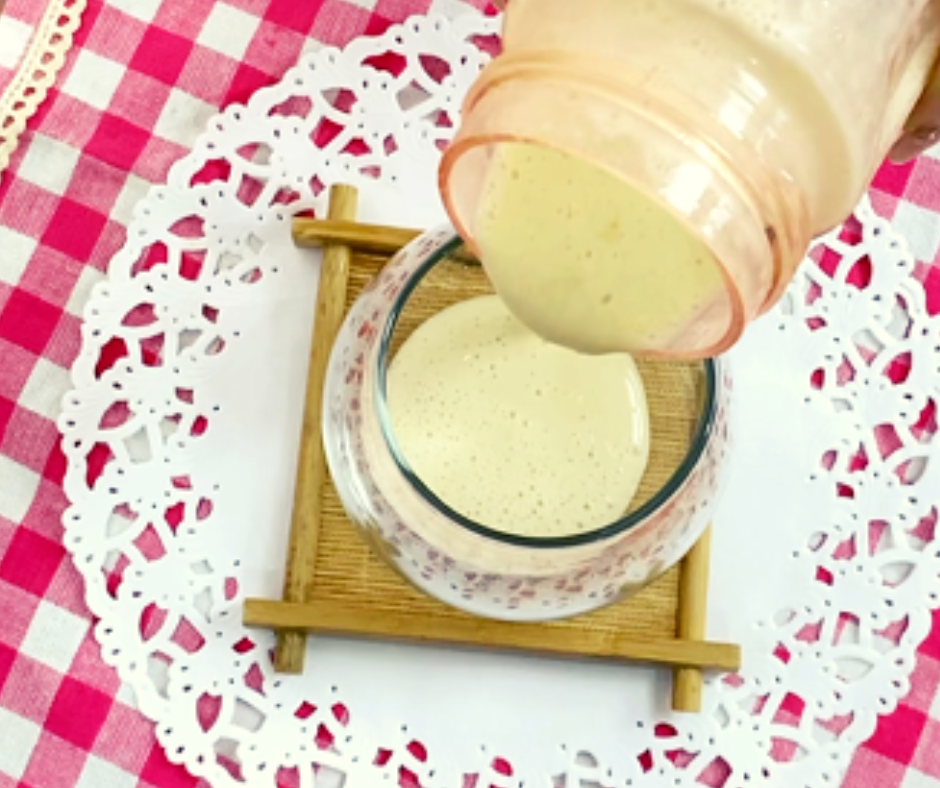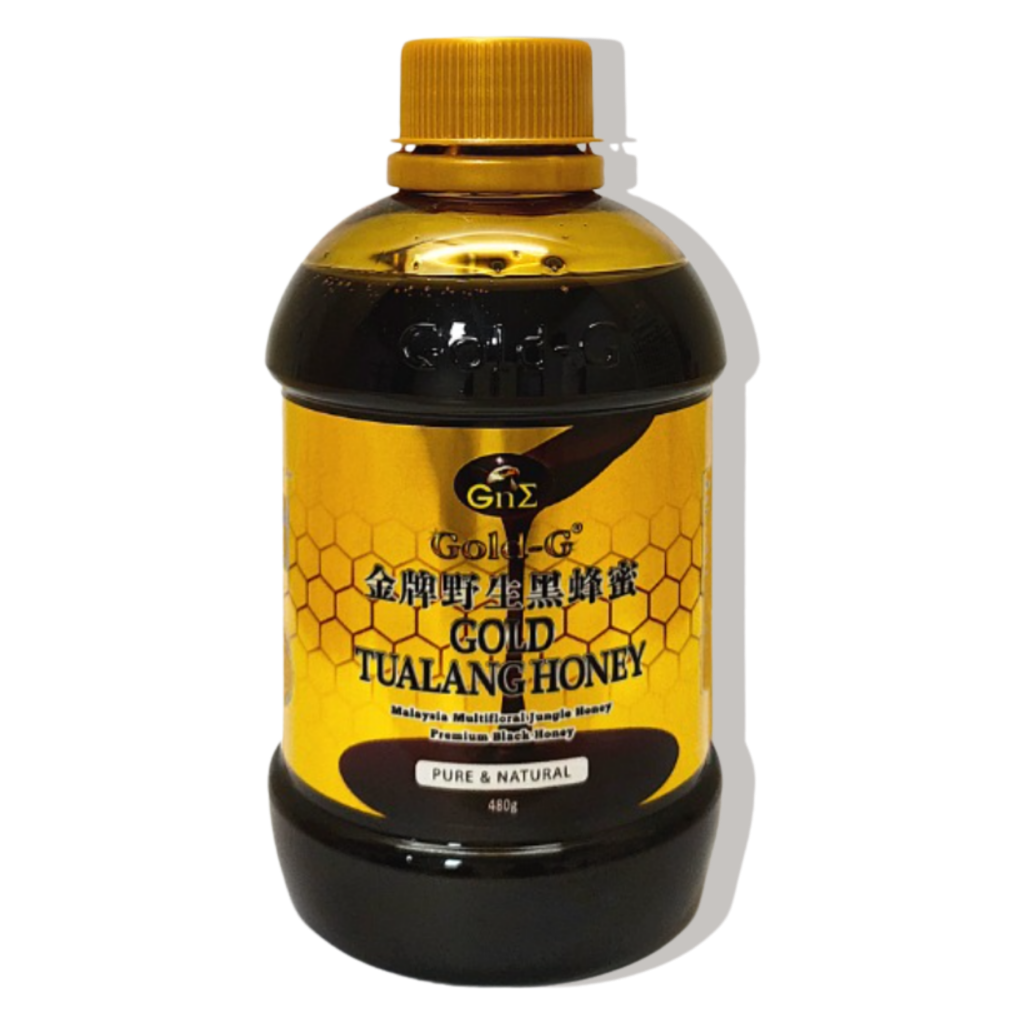What is Prebiotic?
Prebiotics are a group of nutrients that will be degraded by gut microbiota, also considered as the source of food for the gut microorganism. There are many types of prebiotics and majority of them are subsets of carbohydrates, such as inulin, fructo-oligosaccharides (FOS), galacto-oligosaccharides (GOS), and trans-galacto-oligosaccharides (TOS).
Health benefits of prebiotics
Prebiotics play an important role in human health, such as stimulate the growth of gut microbiota, protect the gastrointestinal health, enhance immunity functions, improve skin and cardiovascular health.
Did you know?
According to a research study published in AHA Journals, lacking prebiotics could affect the composition of gut microbiota, which then contributes to the regulation of blood pressure. The study suggests that the absence of prebiotic fiber is not merely associated with a higher incidence of cardiovascular disease, but similarly to other well-known Western lifestyle risk factors it likely leads to the development of hypertension and cardiovascular disease.
Tualang Honey as a source of prebiotic?
Tualang honey is a wild multi-floral honey, meticulously produced by the stinging bee Apis dorsata, commonly known as the giant rock bee. Apis dorsata, measuring an impressive 17 to 20mm in body length, construct their hives high up in the sturdy branches of the Tualang tree, scientifically referred to as Kompassia excelsa. They diligently collects nectar from a diverse array of plants and blossoms found within the lush tropical rainforests of the West Coast of Peninsular Malaysia, hence the honey has a richer and complex taste, and there is research that has found it has higher phenolic content compared to monofloral honey.
Primarily, honey is predominantly comprised of sugar, constituting up to a remarkable 80% of its composition. Within this sugar content, the monosaccharides fructose and glucose reign supreme, accounting for approximately 70% of the overall composition, and the remaining portion is comprised of di-, tri-, oligo-, and polysaccharides, which also including the fructo-oligosaccharides, a type of prebiotic naturally found in honey. Beyond its sugar content, honey encompasses a diverse array of other constituents. Other components of honey include a water content of between 15 and 20%, proteins, organic acids (such as gluconic acid), minerals, plant phytochemicals, and vitamins.
- A research study has discovered that local wild Tualang honey contains a type of prebiotics, fructo-oligosaccharides (FOS) . The FOS present in local wild Tualang honey includes inulobiose, kestose, and nystose. In this study, Tualang honey samples were found to promote the growth of Bifidobacterium longum BB536.
- B. longum BB536 is a multifunctional probiotic that is effective in alleviating gastrointestinal, immunological and infectious diseases. As anticipated, the addition of honey into skim milk was observed to support the growth of B. longum BB536, and may have the potential as another prebiotic source.
Several studies have assessed the effect of honey on the growth of probiotic bacteria and in probiotic food products, such as milk or yogurt, which is then proven the prebiotic potential of the honey. Specifically, honey has been found to support and promote the growth of probiotic Bifidobacterium and Lactobacillus species:
- B. longum, B. adolescentis, B. breve, B. bifidum, and B. infantis,
- L. acidophilus, L. plantarum, L. reuteri, and L. rhamnosus.
The growth-promoting effect of honey on bifidobacteria and lactobacilli is usually comparable to that of oligosaccharide prebiotics, including fructooligosaccharide (FOS), galactooligosaccharide (GOS), or inulin, where these prebiotics are included as the controls in the studies.
Enjoy the natural prebiotics
Tualang honey containing fructo-oligosaccharides, prebiotics promoting the growth of probiotics to improve gut health. It can be easily incorporated into your diet by adding it to various food and drink items, such as tea, coffee, yogurt, or oatmeal. Here’s a simple recipe with a boost of probiotics and prebiotics that you can try out!

Healthy Recipe – Honey-Banana-Yogurt Smoothie
Smoothies are beverages made by blending ingredients in a blender. A fruit-based smoothie is usually high in fiber, vitamins, and minerals. Furthermore, adding honey, milk, or yogurt not only enhances its nutritional content but also boosts the probiotics and prebiotics effects!
GNE Gold-G® Health Food Series:

Gold-G® Gold Tualang Honey
Tualang honey is raw honey harvested from Malaysia’s tropical rainforest. It is 100% pure and natural without undergo any additional treatment, hence it retained natural friendly bacteria, propolis, pollen grains, phytonutrients, phenolic acids, and flavonoids. Besides natural taste and aroma, Tualang honey has higher nutritional value and stronger therapeutic effects than processed honey!
Click the link below for direct purchase.
FAQs about the Beneficial Effects of Tualang Honey to Gut Health
1. Can Tualang honey be consumed by people with gastrointestinal disorders?
Yes, Tualang honey has shown potential in alleviating gastrointestinal disorders. Its anti-inflammatory properties, ability to promote gut healing, and positive effects on gut microflora make it a promising natural remedy. However, it is always advisable for individuals with specific health conditions to consult with their healthcare provider before incorporating Tualang honey into their diet.
2. How much Tualang honey should be consumed for gut health benefits?
There is no specific recommended dosage for Tualang honey. However, consuming moderate amounts as part of a balanced diet is generally considered safe. Start with small amounts and gradually increase if well-tolerated. Remember that Tualang honey is still a form of sugar, so moderation is key.
3. Can Tualang honey replace medical treatment for gastrointestinal disorders?
Tualang honey should not be used as a substitute for medical treatment. While it may offer potential benefits for gut health, it is essential to follow medical advice and treatment plans prescribed by healthcare professionals. Tualang honey can be incorporated as a complementary approach to support gut health, but it should not replace necessary medical interventions.
4. Is Tualang honey suitable for individuals with allergies?
Individuals with known allergies to bee products should exercise caution when consuming Tualang honey. Although rare, allergic reactions are possible. It is advisable to perform a small patch test or consult with an allergist before incorporating Tualang honey into the diet, especially for those with a history of severe allergic reactions.
References:
- Soon-Sinclair, Jan Mei & M.S., Mohd & Abdullah Sani, Norrakiah. (2010). Fructooligosaccharides in honey and effects of honey on growth of Bifidobacterium longum BB 536. International Food Research Journal. 17. 557-561. http://www.ifrj.upm.edu.my/17%20(03)%202010/IFRJ-2010-557-561%20Norrakiah%20Malaysia%20ok.pdf
- Schell, K. R., Fernandes, K. E., Shanahan, E., Wilson, I., Blair, S. E., Carter, D. A., & Cokcetin, N. N. (2022). The Potential of Honey as a Prebiotic Food to Re-engineer the Gut Microbiome Toward a Healthy State. Frontiers in nutrition, 9, 957932. Available from: https://doi.org/10.3389/fnut.2022.957932
- Gaifullina, L. & Saltykova, E. & Nikolenko, Alexey. (2016). Prebiotic and probiotic properties of honey. Available from: https://www.researchgate.net/publication/318585933_Prebiotic_and_probiotic_properties_of_honey
- Kaye DM, Shihata WA, Jama HA, Tsyganov K, Ziemann M, Kiriazis H, Horlock D, Vijay A, Giam B, Vinh A, et al. Deficiency of Prebiotic fiber and insufficient signaling through gut metabolite-sensing receptors Leads to Cardiovascular disease. Circulation. 2020; 141(17):1393–403. doi:10.1161/circulationaha.119.043081.
This website does not provide medical advice. The content of this website, such as graphics, images, text and all other materials, is provided for reference and educational purposes only. The content is not meant to be complete or exhaustive or to apply to any specific individual’s medical condition. Always seek the advice of your doctor or other qualified health provider regarding a medical condition.




